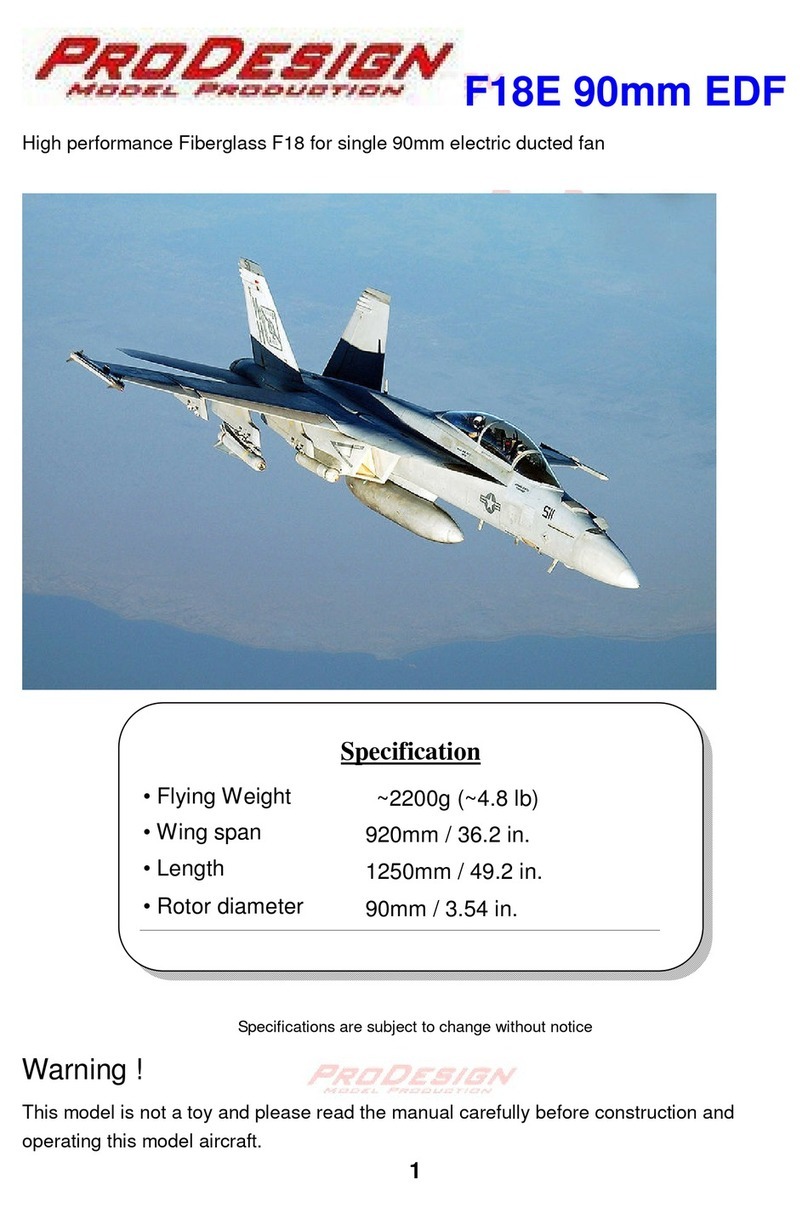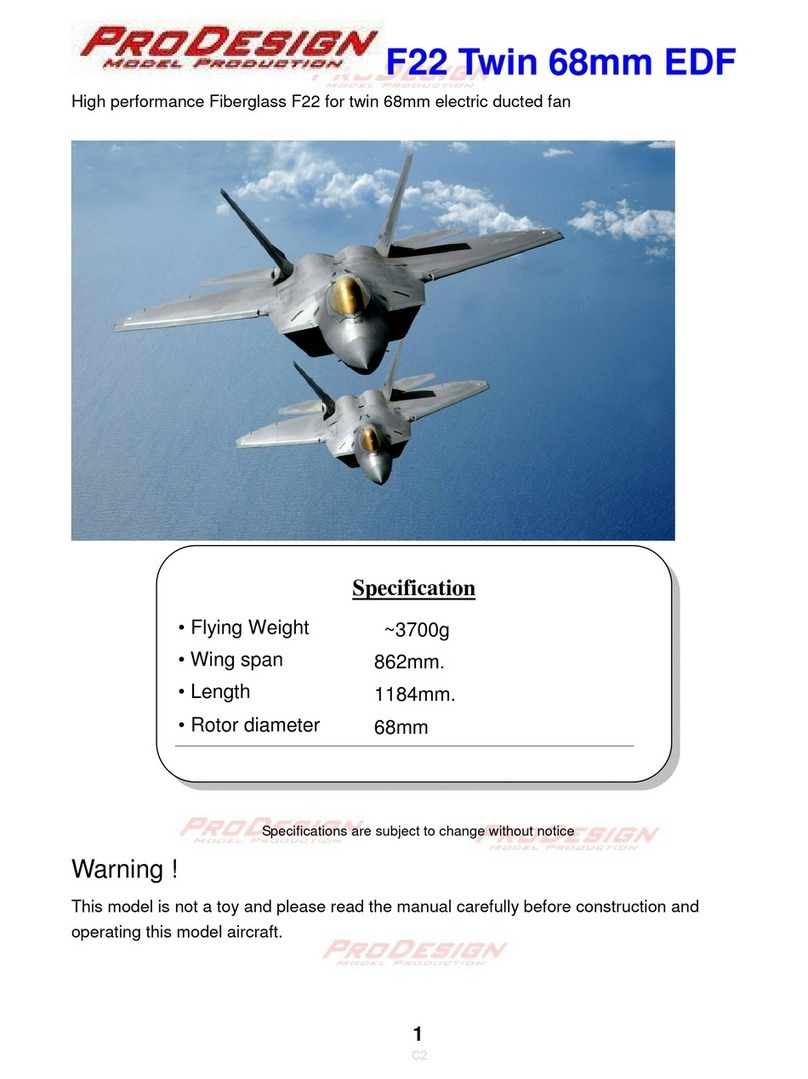PRO-DESIGN L-39 Albatros 68mm EDF User manual












Table of contents
Other PRO-DESIGN Toy manuals
Popular Toy manuals by other brands
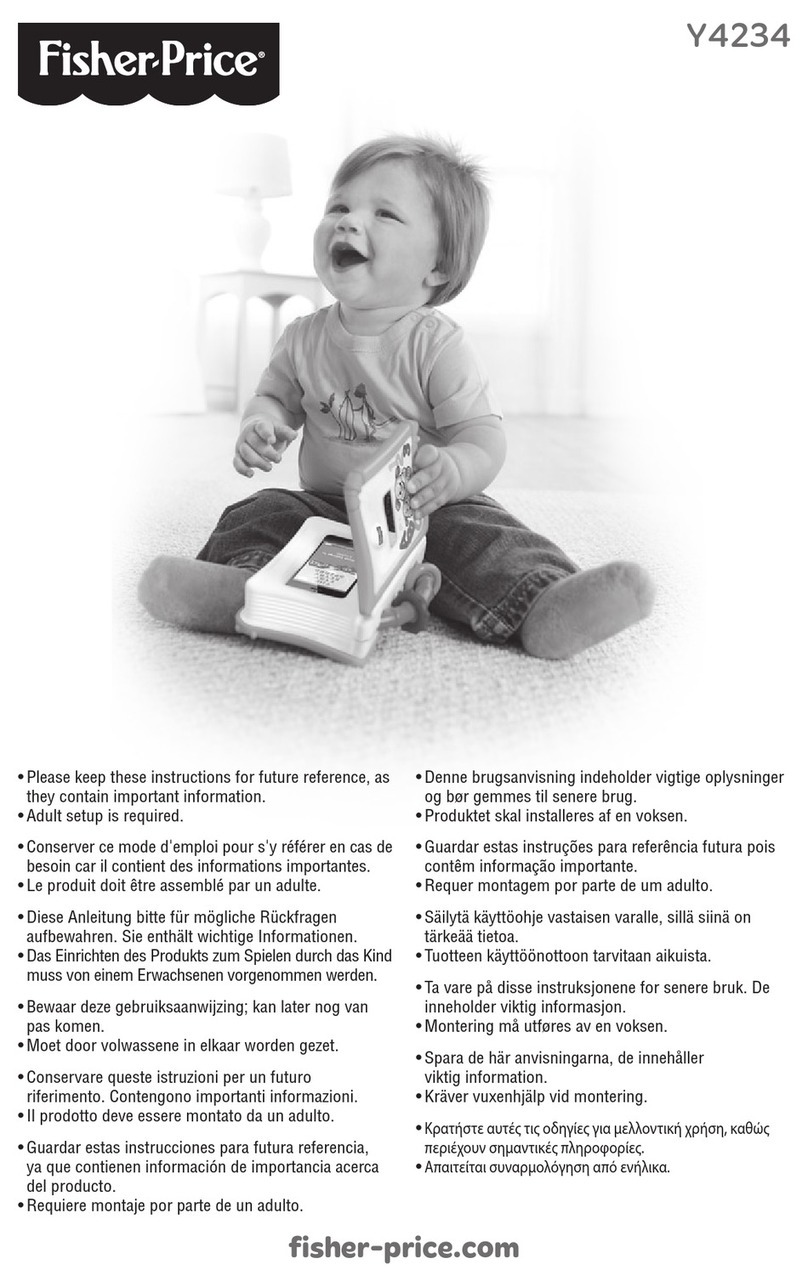
Fisher-Price
Fisher-Price Y4234 manual
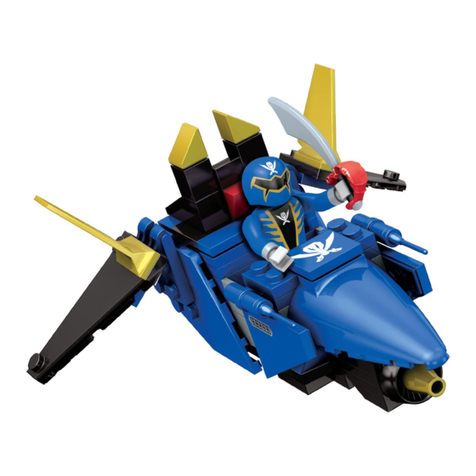
Mega Bloks
Mega Bloks SABAN'S POWER RANGER SUPER MEGAFORCE SUPER MEGA JET... manual

Black Horse Model
Black Horse Model L-39 Albatros Instruction manual book

LEGO
LEGO CITY 60194 Assembly manual

BPS
BPS Signal R2 user manual
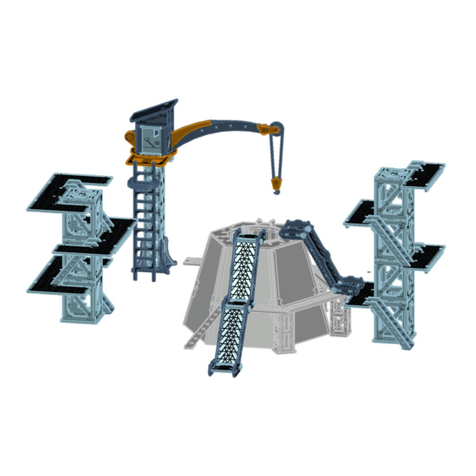
WARCRADLE SCENICS
WARCRADLE SCENICS Promethean The Refinery Assembly guide

Harbor Freight Tools
Harbor Freight Tools BUCK HORN WAGON WOODEN MODEL 9141 Assembly instructions
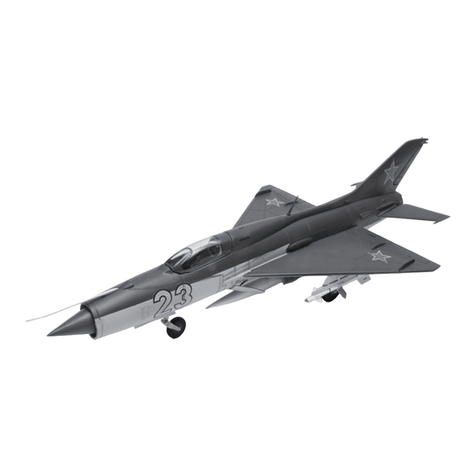
REVELL
REVELL MiG 21 PF Assembly manual

Eduard
Eduard Fokker Dr.I Assembly instructions
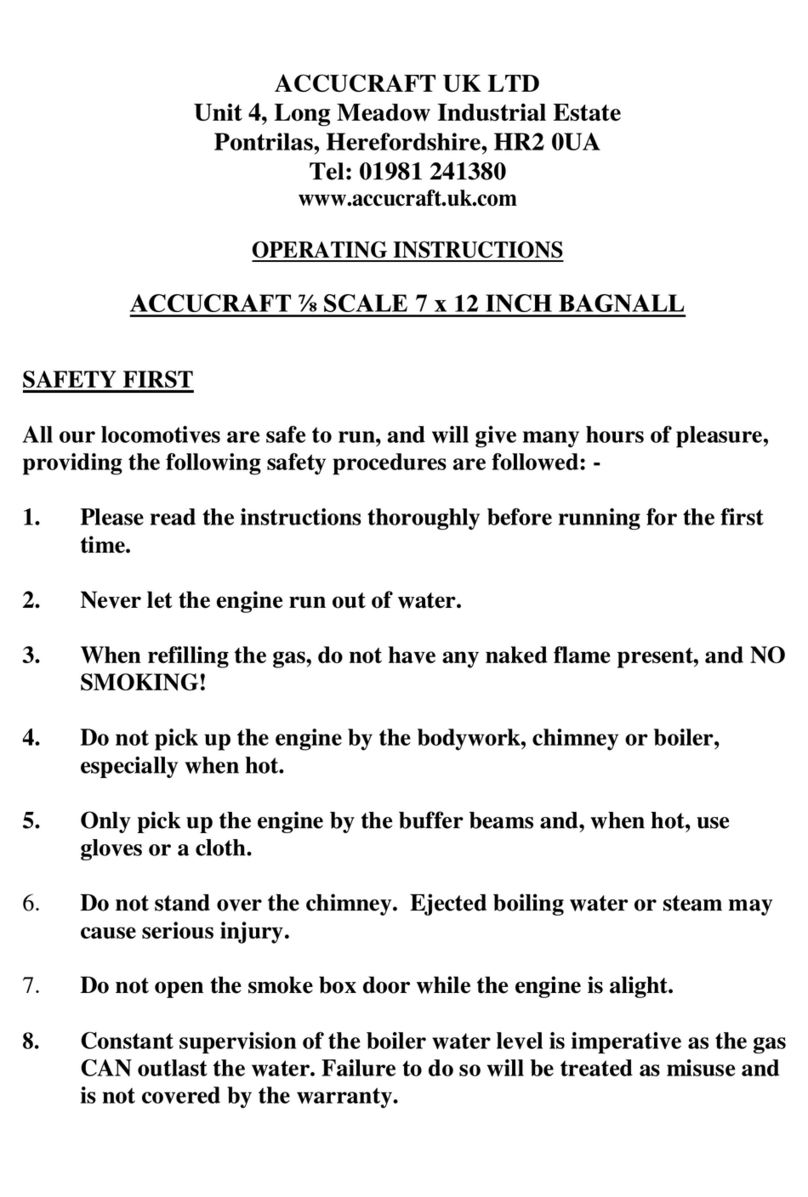
Accucraft
Accucraft ACCUCRAFT 7/8 SCALE 7 x 12 INCH BAGNALL operating instructions

Jennison Entertainment Technologies
Jennison Entertainment Technologies JERSEY WHEELS Service manual
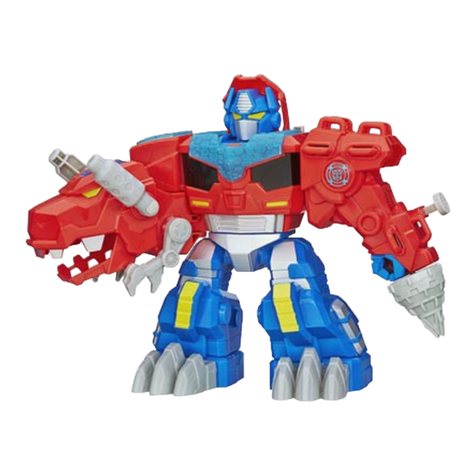
Hasbro
Hasbro TRANSFORMERS OPTIMUS PRIME T-REX quick start guide
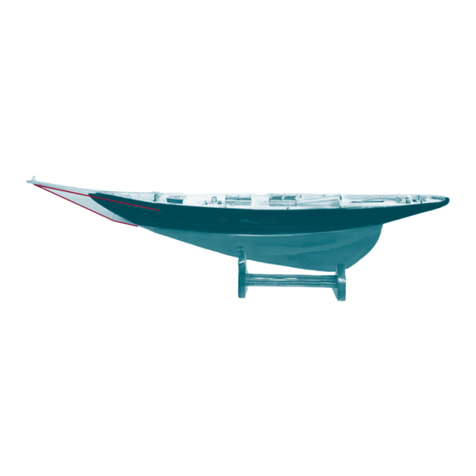
Authentic Models
Authentic Models ASA106 instructions
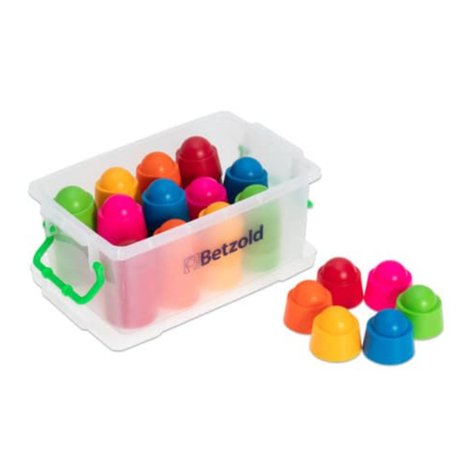
Betzold
Betzold 762581 manual
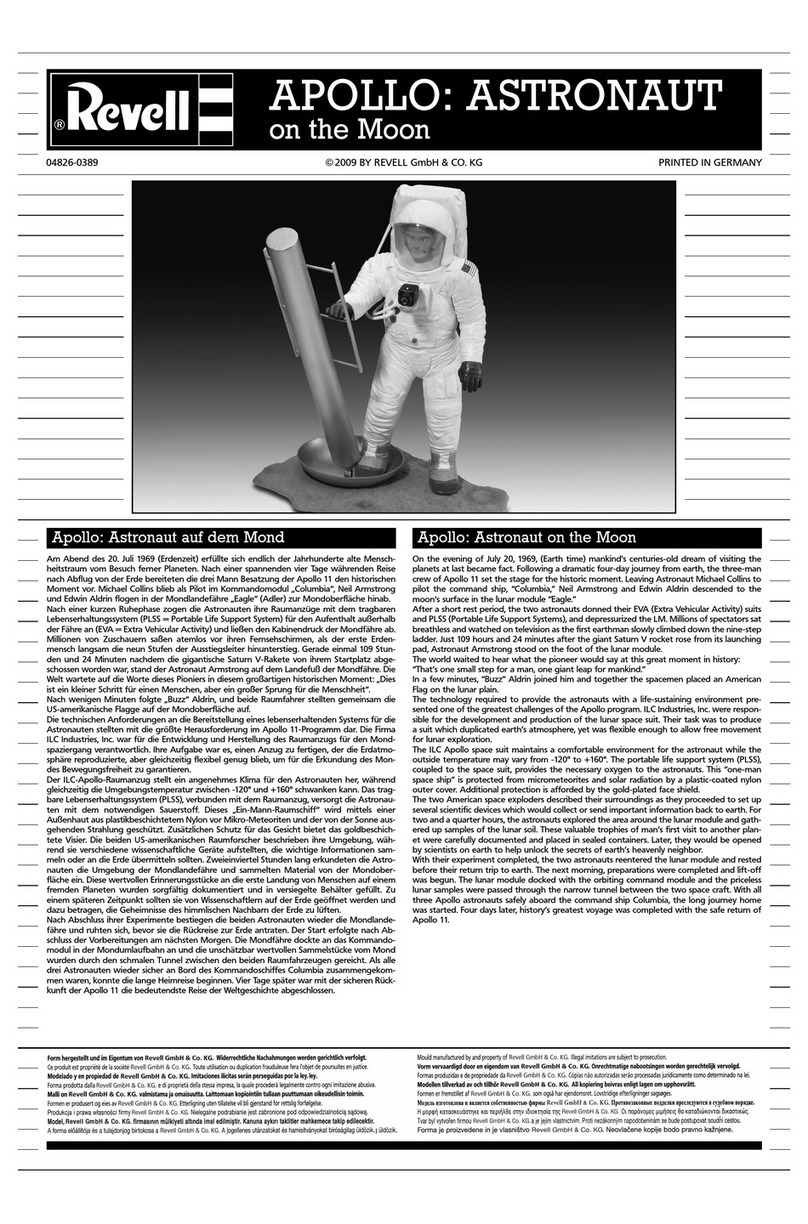
REVELL
REVELL APOLLO: ASTRONAUT on the Moon Assembly manual

George Home
George Home Wooden light & sounds train set Assembly guide

Fisher-Price
Fisher-Price Grow-to-Pro Golf instructions

MODSTER
MODSTER Arrows HOBBY TWIN 64MM F-15 operating manual
